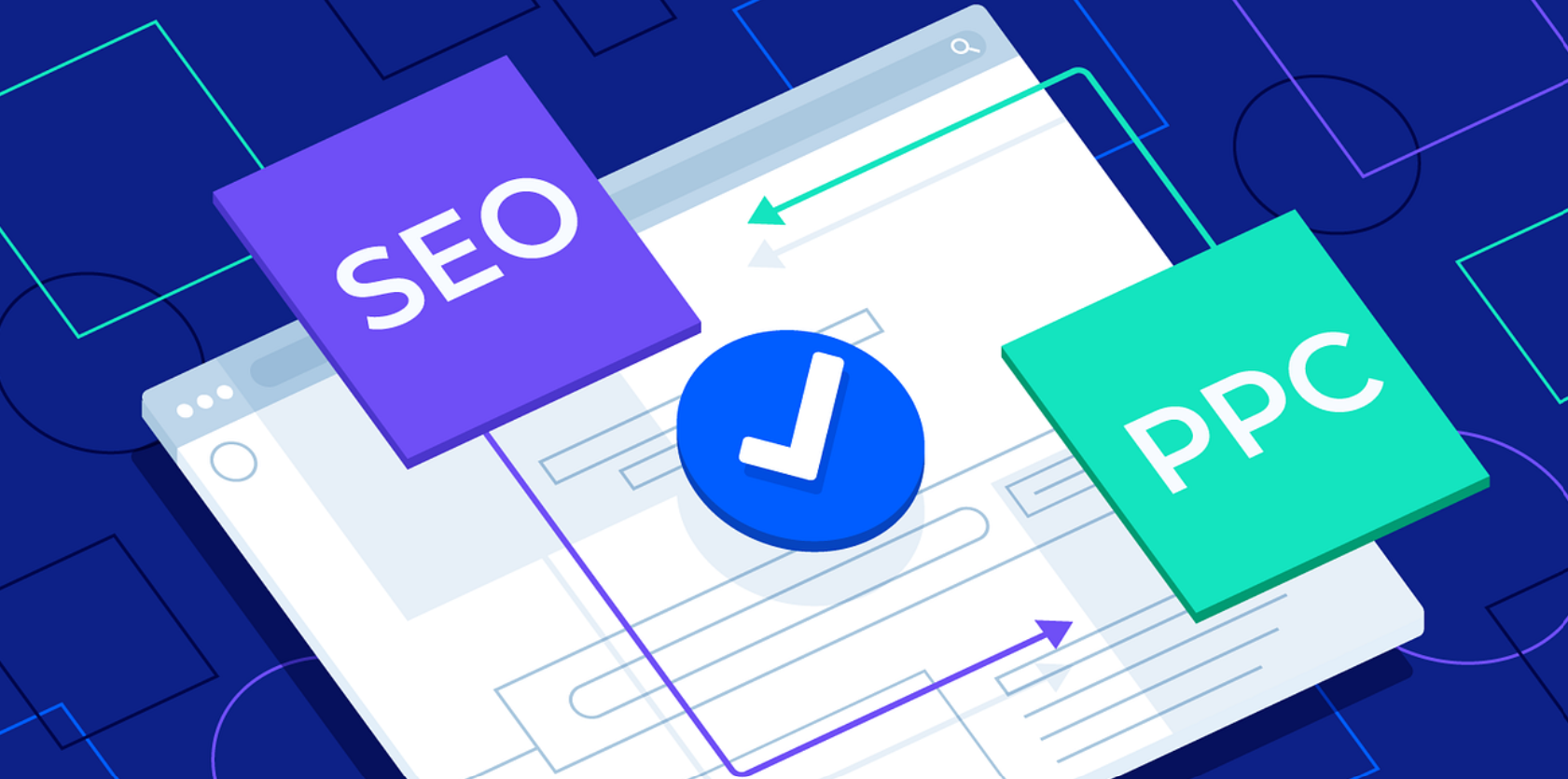Unlock Explosive Growth in 2025 with the Power of SEO + PPC
As we move deeper into the digital age, businesses are facing a hyper-competitive online environment. Whether you’re a startup or a scaling brand, having an online presence is no longer optional—it’s essential. But what’s the best way to boost your visibility, traffic, and ultimately conversions?
Enter SEO (Search Engine Optimization) and PPC (Pay-Per-Click)—two powerful digital marketing tools that, when combined, can drive explosive growth. While each has its strengths, using them together in 2025 and beyond offers a strategic advantage that can elevate your business above the noise.
This beginner-friendly guide will explore how SEO and PPC work, their individual benefits, and why integrating both into your digital marketing strategy is the ultimate formula for success.
What Is SEO?
SEO, or Search Engine Optimization, involves optimizing your website to appear higher in search results on platforms such as Google and Bing. The goal? Attract organic (unpaid) traffic to your site by making your content more relevant and valuable to users.
Key Components of SEO:
- On-Page SEO: Optimizing individual pages (e.g., titles, keywords, content structure).
- Off-Page SEO: Building backlinks and external credibility.
- Technical SEO: Ensuring fast load times, mobile responsiveness, and secure architecture.
- Content Strategy: Creating high-quality, keyword-rich content that answers user queries.
Why SEO Matters in 2025:
- Long-Term ROI: SEO provides sustainable traffic and long-term ROI through gradual development.
- User Trust: Top-ranking websites are often perceived as more credible.
- Voice & AI Search: With voice assistants and AI tools on the rise, SEO ensures your content remains discoverable.
What Is PPC?
Pay-Per-Click (PPC) is a form of online advertising where you pay only when someone clicks on your ad. Platforms like Google Ads, Facebook Ads, LinkedIn, and Instagram offer robust PPC options to instantly reach your target audience.
Types of PPC Ads:
- Search Ads: Appear on Google or Bing when users search specific keywords.
- Display Ads: Image or banner ads shown on partner websites.
- Social Media Ads: Targeted ads based on user demographics, interests, and behavior.
- Shopping Ads: Product listings shown directly on search engines.
Why PPC Is Powerful in 2025:
- Immediate Results: Launch a campaign today, start seeing clicks today.
- Precision Targeting: Reach users based on location, age, interests, and search intent.
- Budget Flexibility: Control spending with daily or campaign caps.
- Performance Data: Real-time analytics help optimize campaigns quickly.
SEO vs. PPC: What’s the Difference?
| Feature | SEO | PPC |
| Cost | Organic (no per-click cost) | Pay per click/view |
| Timeframe | Long-term growth | Instant visibility |
| Traffic Type | Steady, compounding traffic | Fast, controlled traffic |
| ROI Timeline | Slower but lasting | Faster but stops if paused |
| Click-Through Rate (CTR) | Often higher (credibility) | Can be high with the right targeting |
Why Combine SEO + PPC?
Many marketers view SEO and PPC as either/or—but that’s a mistake. These two tactics complement each other, creating a powerful synergy that can supercharge your marketing funnel in 2025.
1. More SERP Real Estate
By ranking organically and running ads, you occupy more space on search engine results pages. By enhancing your brand’s visibility, this approach also decreases competition.
2. Faster Data Insights
PPC campaigns offer quick feedback on which keywords convert best. You can use this data to adjust your SEO strategy and focus on high-performing search terms.
3. Better Audience Understanding
Running ads on platforms like Google and Facebook helps you learn what messaging resonates. Apply those insights to your organic content strategy for higher engagement.
4. Boosted Brand Credibility
When users see your brand both in ads and organic results, it builds trust and authority, increasing the chances of a click and a conversion.
5. Improved Retargeting Opportunities
You can retarget visitors who came to your site via SEO with PPC ads, keeping your brand top-of-mind and improving conversion chances over time.
Real-World Example: SEO + PPC in Action
Imagine you’re launching a new eco-friendly skincare line. This is how SEO and PPC can work in tandem.
- Step 1: PPC Launch – Run Google Ads targeting “vegan face cream” and “natural skincare products.” You start getting traffic and sales immediately.
- Step 2: SEO Optimization – Analyze PPC results to find high-converting keywords. Use those terms in blog posts, product pages, and meta tags.
- Step 3: Retargeting Campaigns – Set up Facebook Ads to retarget visitors who viewed but didn’t purchase.
- Step 4: Organic Growth – As your content ranks organically, your dependency on paid traffic decreases, saving you money long-term.
The result? A self-sustaining funnel that brings in consistent, qualified traffic across multiple channels.
Trends Shaping SEO and PPC in 2025
1. AI-Powered Campaigns
Both SEO tools and PPC platforms now use AI to automate bidding, optimize ads, and generate content recommendations.
2. Voice & Visual Search
Voice searches (“Hey Siri, find nearby coffee shops”) and image-based search tools are redefining keyword strategies. PPC campaigns now allow targeting for voice-related queries, while SEO needs schema markup and structured data.
3. Hyper-Personalization
Dynamic ad content and AI-driven SEO tools enable hyper-personalized messaging based on user behavior, interests, and preferences.
4. First-Party Data Revolution
With third-party cookies phasing out, marketers must leverage SEO for organic traffic and PPC for building robust first-party data strategies.
How to Get Started
For SEO:
- To perform keyword research, utilize SEMrush, Ahrefs, or Google Keyword Planner.
- Optimize your website’s structure, page speed, and content.
- Start a blog that addresses user questions.
- Build high-quality backlinks from reputable sources.
For PPC:
- Choose a platform (Google, Facebook, LinkedIn, etc.) based on your target audience.
- Set a clear budget and campaign goals (clicks, conversions, leads).
- Create compelling ad copy and use relevant keywords.
- Monitor performance and optimize regularly.
Final Thoughts
In 2025, online success hinges on strategically combining SEO and PPC, not choosing between them.. SEO provides a strong, sustainable foundation. PPC offers speed and precision. But when combined, they deliver unmatched potential for visibility, credibility, and growth.
Whether you’re building brand awareness, driving sales, or growing a community, the SEO + PPC duo can transform your digital marketing strategy. Start with small, measurable goals, test consistently, and scale what works.


